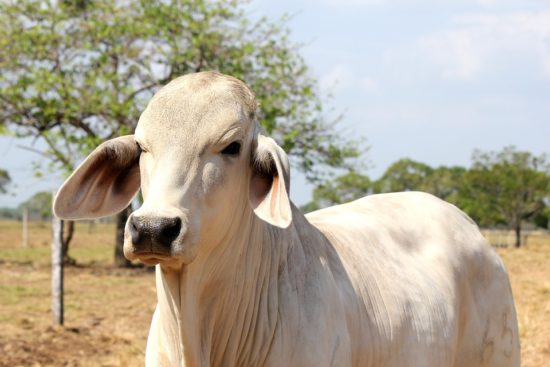Antimicrobial Resistance In Animals Is Getting Worse in Developing Countries
A landmark international study, just published in Science, charts an alarming rise of antimicrobial resistance (AMR) in food animals in emerging economies around the world. Food animals’ resistance rates to antibiotics commonly used in raising them—and in treating diseases in humans—are as high as 60 percent in some cases, according to the report. Left unchecked, it could mean the potential loss of animal proteins and farmer incomes. It could also negatively impact human health since drug-resistant pathogens can jump from animals to humans.
The study, conducted by a group of nonprofits and universities, crunched data from more than 900 surveys that give snapshots of AMR levels in different regions between 2000 and 2018.
AMR NEWS
Your Biweekly Source for Global AMR Insights!
Stay informed with the essential newsletter that brings together all the latest One Health news on antimicrobial resistance. Delivered straight to your inbox every two weeks, AMR NEWS provides a curated selection of international insights, key publications, and the latest updates in the fight against AMR.
Don’t miss out on staying ahead in the global AMR movement—subscribe now!





